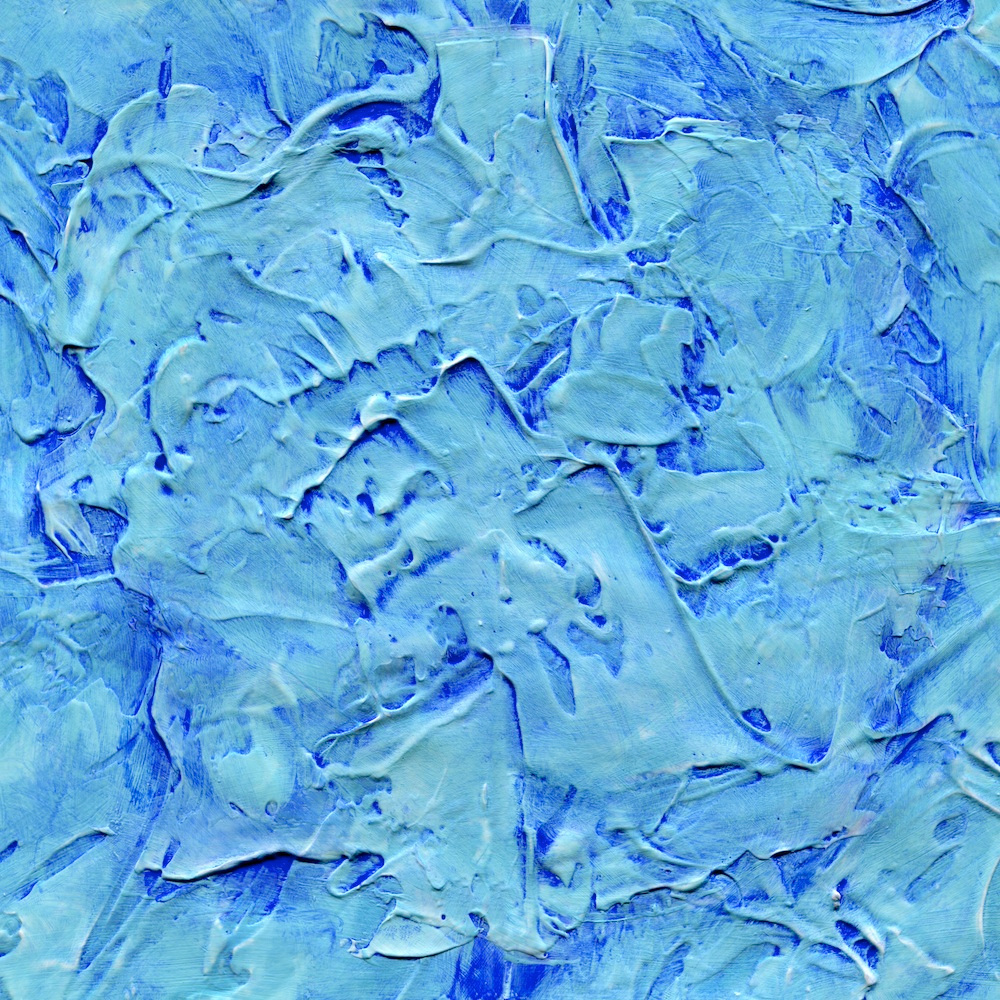[ad_1]
UPDATED (ORIGINALLY PUBLISHED JUNE 11, 2020 10:24 PM)
To increase the texture of your acrylic paintings, consider adding modeling paste to the mix. It is a thick plaster that, when applied to a canvas with a palette knife, dries with a bit more substance than acrylic paint itself, allowing you to create everything from a subtle texture to a rough landscape. To use acrylic modeling paste, apply the substance to your canvas with a palette knife to your heart’s desire. In fact, why stop at canvases? Acrylic modeling paste will work on largely any surface. When applied little by little or mixed directly into your pigment, it can create a texture that mimics that of a thick oil paint; or used liberally, it will build great dimension onto your flat work. After applying the paste, you must wait at least 45 minutes (on average) before painting it with acrylic, but it’s well worth the wait. Not all acrylic modeling pastes are created equal, however. Below, find the top five that we recommend for your texture-painting needs.
1. Golden Artist Colors Molding Paste
Golden products have been held in high regard by painters for nearly half a century, and their molding paste is no exception. This jar is highly textured and guaranteed to hold stiff in whatever form you mold it into. Notably, this product is markedly lighter in weight than its competitors, making for a less dense creation when building layers of textured acrylic.

2. Handy Art Modeling Paste Medium
This modeling paste has quite a satin sheen. It’s the perfect in-between when you don’t want a matte or a glossy effect to compromise the integrity of the acrylic paint you apply on top. As modeling pastes go, this option is more affordable than others, making it a solid option for both amateurs and professional artists on a budget.

3. PEBEO Modeling Paste
When it comes to flexibility, this modeling paste is among the best. Whether you’re designing as you go or want to make a change before your application dries, there’s less need to rush through your texture-building and crafting, making it a great choice for those just learning how to use this medium. While this means drying time is slightly longer, the paste will eventually set as hard as a rock and be ready for you to paint.

4. Winsor & Newton Modeling Paste
This modeling paste is so lightweight that it is less likely to crack and shrink than other options. This makes it a top option if you’re looking for a paste to mix into your acrylic paint, as opposed to applying it directly onto a canvas or other base. It won’t dilute your paint pigment, making it an ideal choice when you want to simply change the characteristics of your acrylic paints.

5. Liquitex Modeling Paste
This molding paste not only maintains the color of your pigments but actually enhances them through a brilliant sheen. The density of this medium is great for works on heavier paper, as it has a thick consistency and builds well in layers.

[ad_2]
Source link

